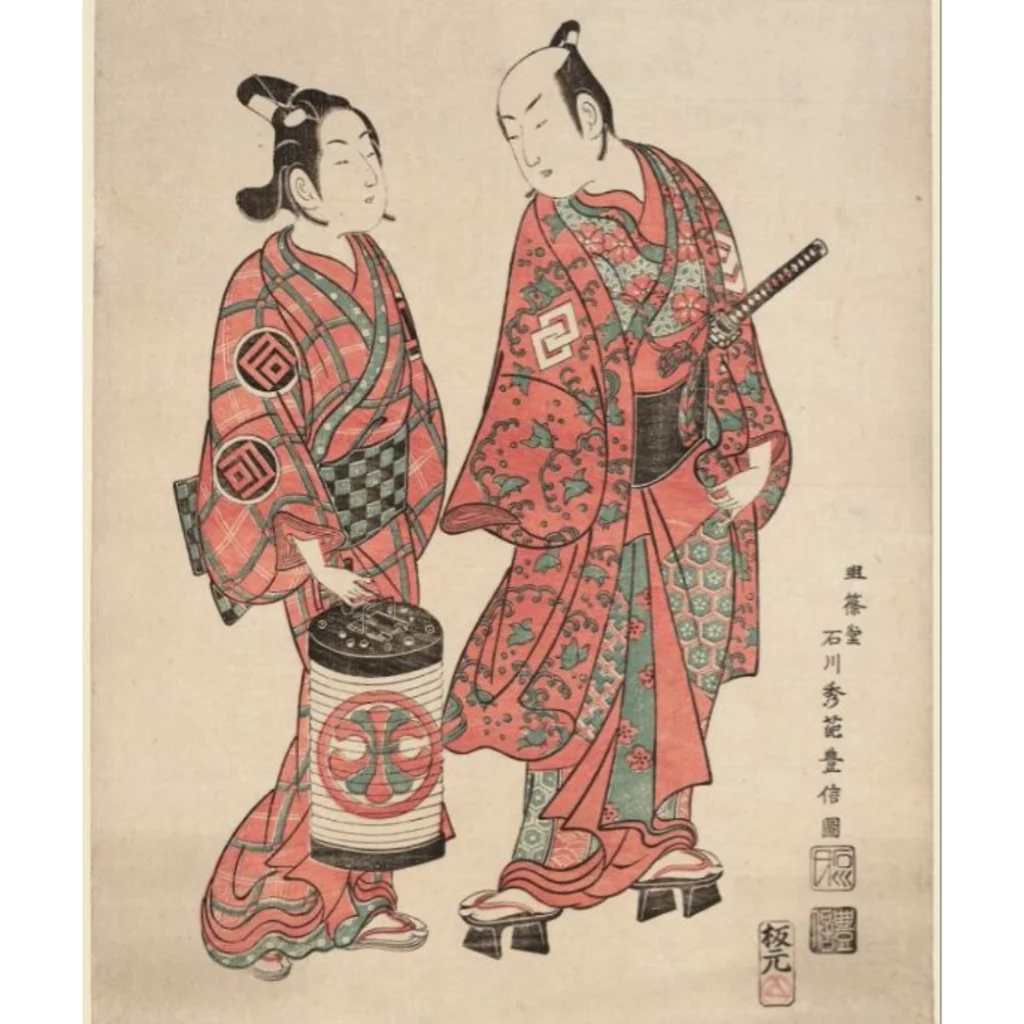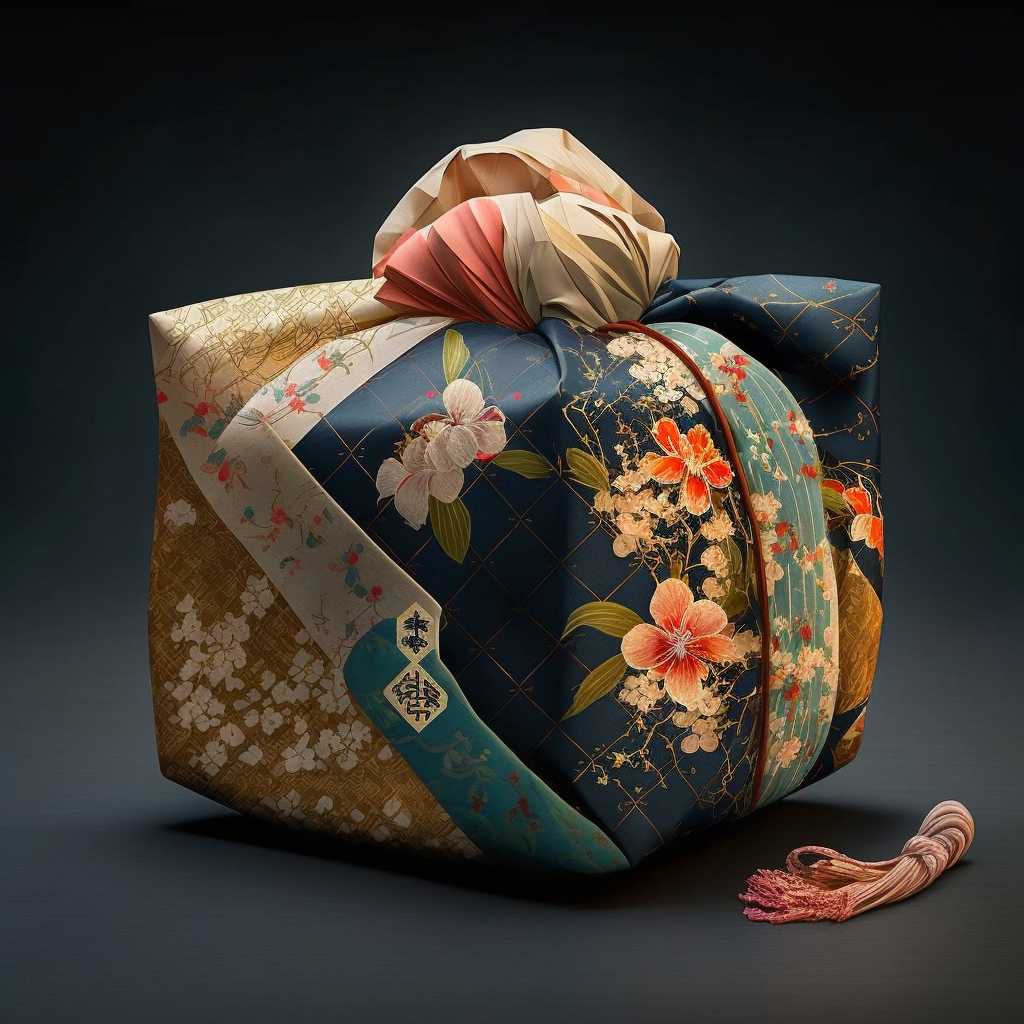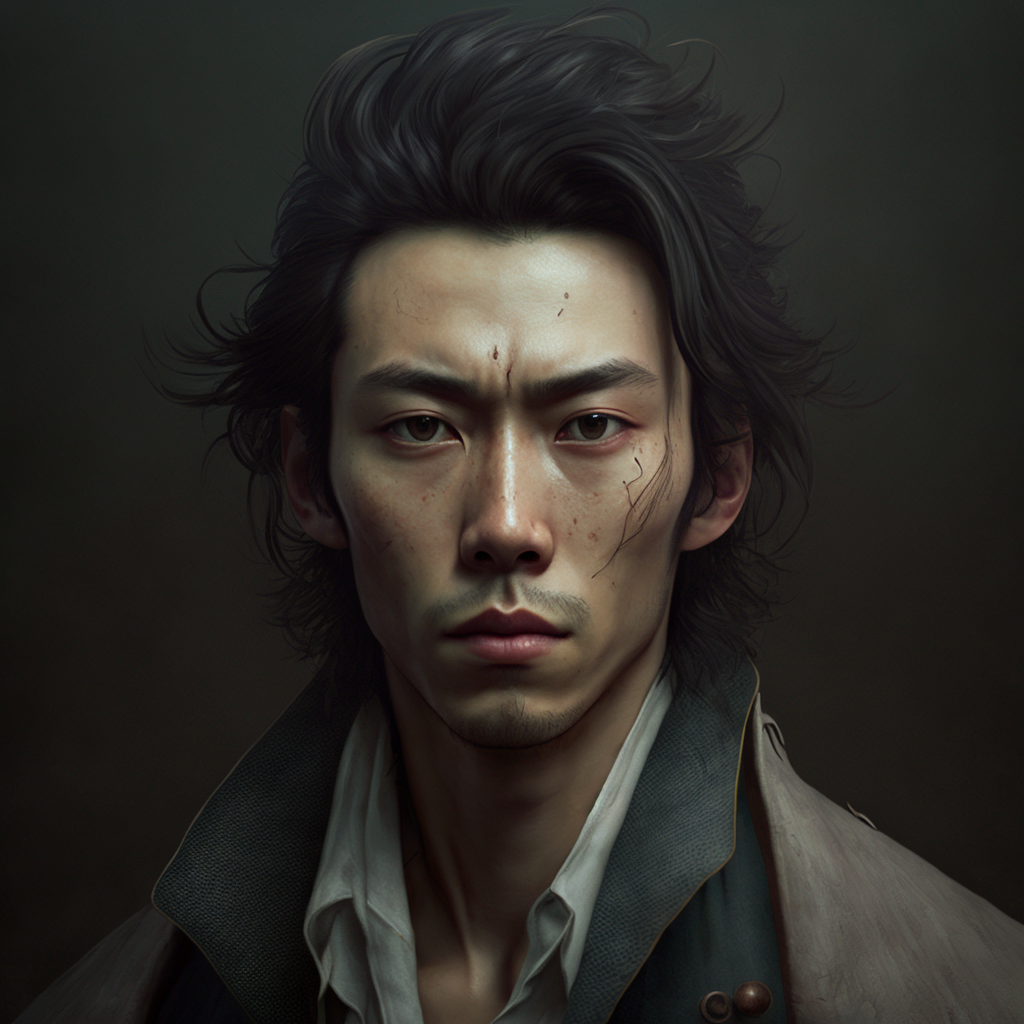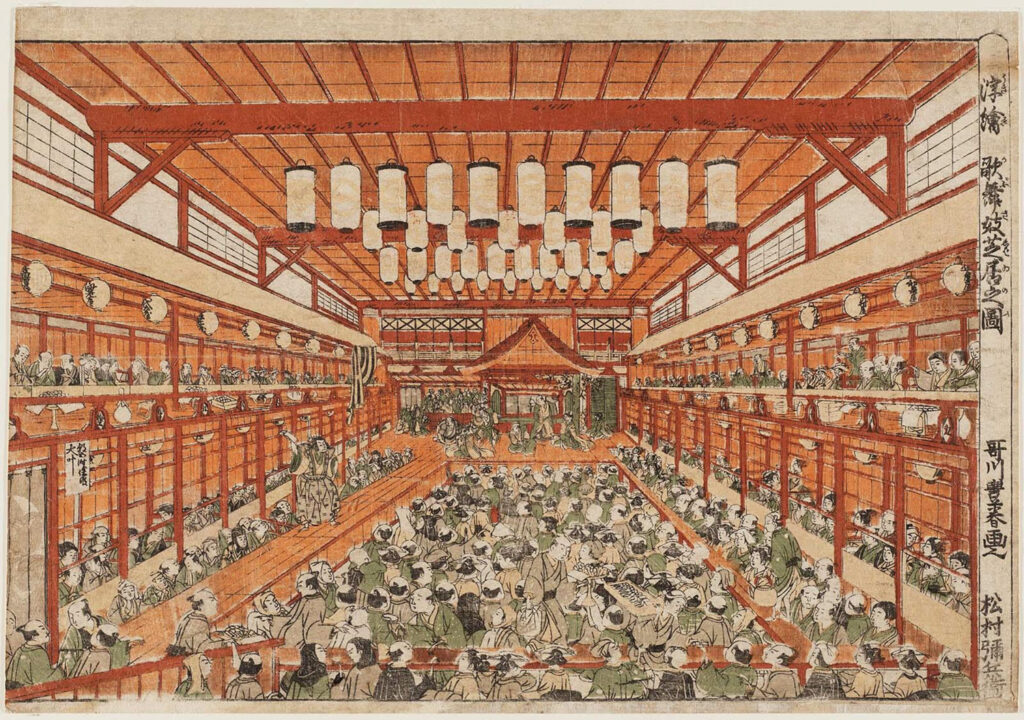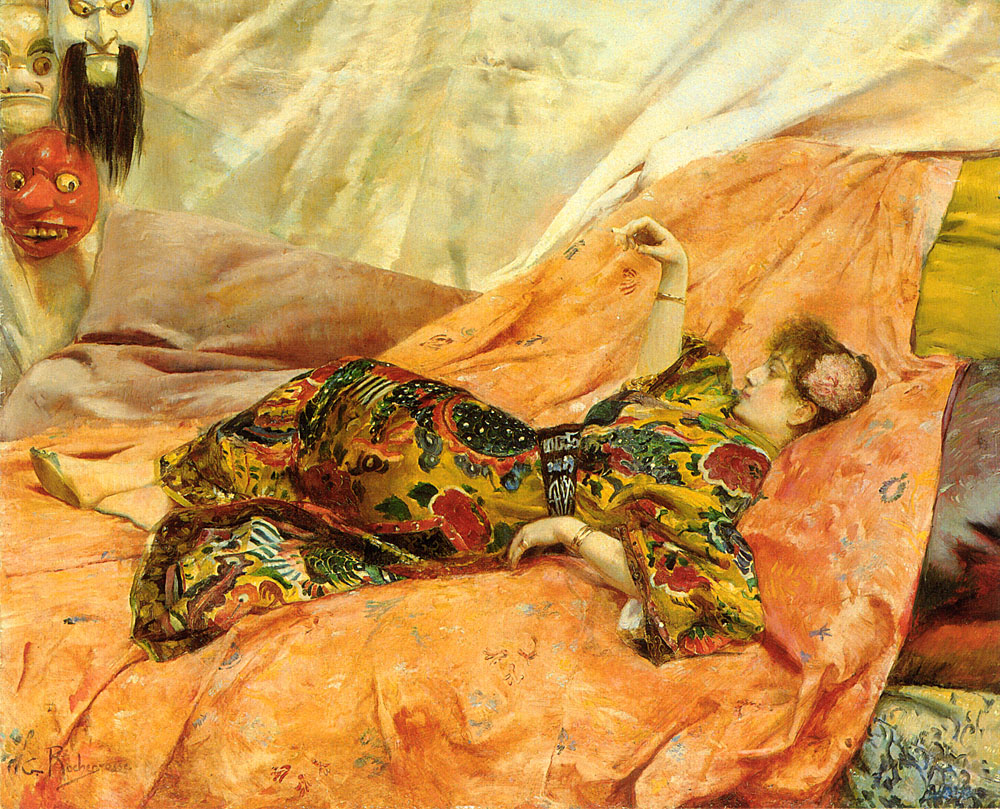Ishikawa Toyonobu (1711-1785) is an iconic figure in 18th-century Japanese art. He is known for his crucial role in the evolution of ukiyo-e. It is a genre of woodblock prints. It depicts scenes from everyday life, landscapes, and portraits of courtesans. Active during the Edo period, Toyonobu left his mark on his era with his distinctive style and contributions to Japanese visual culture.
Biography and Historical Context
Born in 1711 in Edo (now Tokyo), Ishikawa Toyonobu is one of the most influential artists of the Edo period. His work was part of a flourishing cultural context where ukiyo-e was rapidly developing as a popular art form. Ukiyo-e means “pictures of the floating world.” It is an art genre that depicts urban life, pleasures, and entertainments of the Edo period.
Toyonobu trained in the studio of his father Ishikawa Sadamasu, a renowned artist in the same field. His career began in the 1730s. He quickly took off thanks to his talent and artistic innovation.
Artistic Contributions
Toyonobu’s work is distinguished by its technical mastery and elegant style. He is particularly recognized for his portraits of women, or “bijin-ga.” They capture the beauty and grace of courtesans and kabuki actresses. His works are known for their extreme precision in depicting clothing, hairstyles, and accessories. It offers a detailed and vivid view of the fashion and customs of his time.
In addition to his portraits of women, Toyonobu also produced prints of kabuki scenes. These are cityscapes and illustrations of popular stories. His works are characterized by sophisticated compositions, vibrant colors, and meticulous attention to detail.
Influence and Legacy
Ishikawa Toyonobu had a considerable influence on his contemporaries and on future generations of ukiyo-e artists. His style inspired many artists, including those of the Utagawa school. These artists continued to develop the ukiyo-e genre in new and innovative directions.
His impact is felt not only in the field of art, but also in Japanese popular culture. Toyonobu’s works are today recognized as national treasures and are held in prestigious collections around the world. Including the Tokyo National Museum and the Brooklyn Museum of Art.
Conclusion
Ishikawa Toyonobu remains a central figure in ukiyo-e art, whose work reflects the spirit and sophistication of the Edo period. His contributions to the art of woodblock printing have left a lasting legacy. This makes him an undisputed master of classical Japanese art. His prints continue to captivate and inspire art lovers, offering a valuable insight into the beauty and culture of 18th-century Japan.

